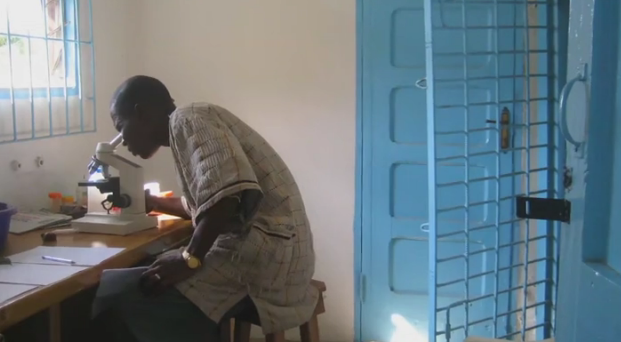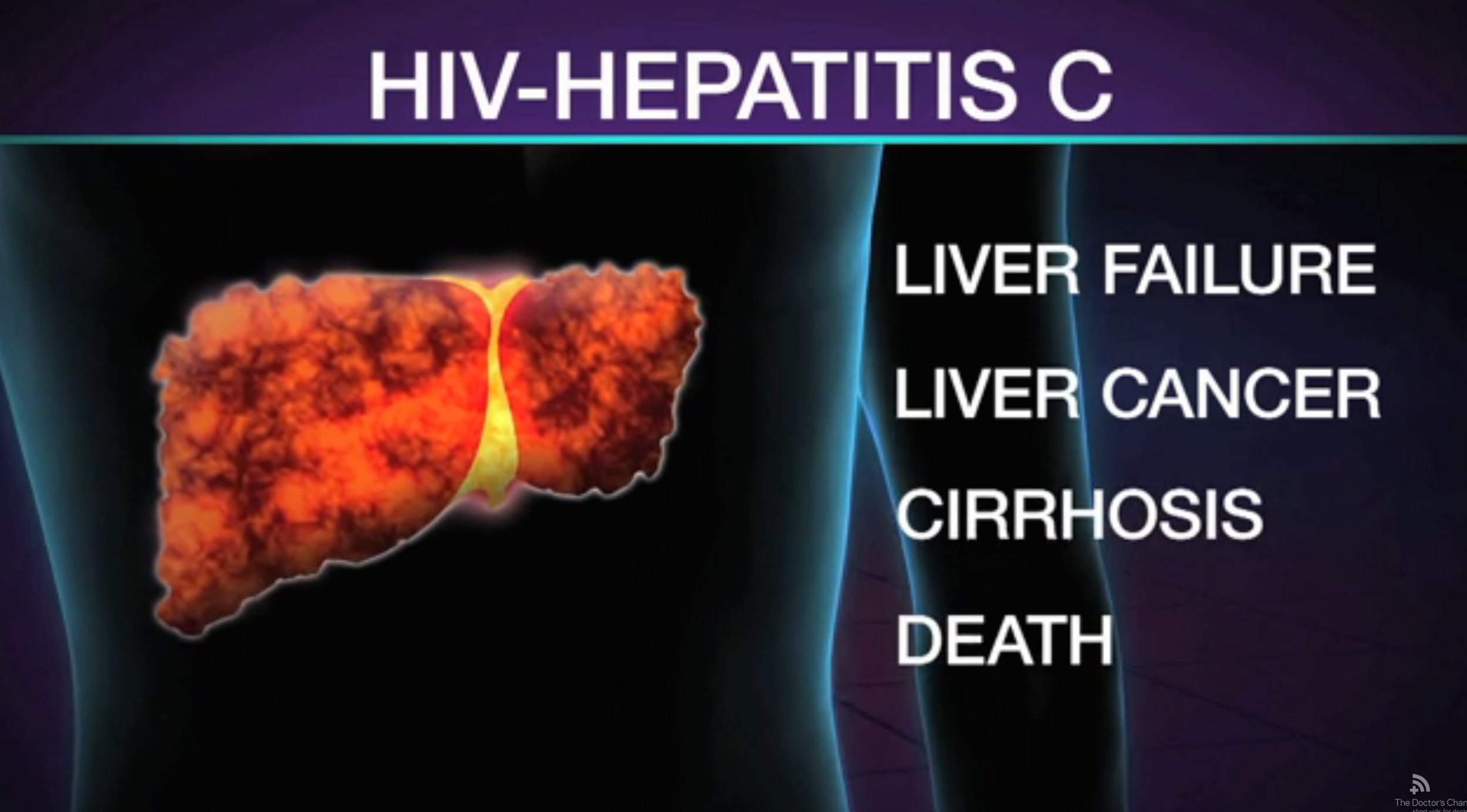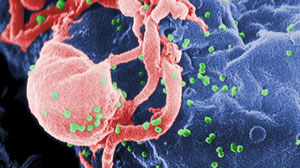The HIV/AIDS Channel
January 19, 2013 • HIV/AIDS, Infectious Diseases, Oncology, Reuters Health • The Doctor's Channel Newscast
NEW YORK (Reuters Health) – In HIV patients with anal intraepithelial neoplasia (AIN), infrared coagulation (IRC) helps avoid progression to squamous cell carcinoma (SCC), Spanish doctors say.
“High-grade anal dysplasia is a prevalent condition in HIV-infected people (men and women) in comparison with general population,” Dr. Sebastian Videla from Lluita Contra la SIDA Foundation in Barcelona told Reuters Health.
“HIV-infected MSM (men who have sex with men) are at increased risk of developing anal SCC, with an incidence rate of approximately 131 per 100,000 person-years,” he said.
For their retrospective study reported December 31st online in AIDS, Dr. Videla and colleagues identified 69 HIV-infected patients with AIN-2 or AIN-3 but without concomitant condylomata from among 1518 patients enrolled in a prospective registry. While 66 of the patients underwent in-office IRC, three declined.
During a mean follow-up of 25 months, anal cytology results were normal in 49 of 56 evaluable patients (87.5%) following IRC treatment. Seven patients (12.5%) with abnormal cytology findings at 12 months post-IRC all had biopsy-proven recurrence of AIN at 18 to 43 months after treatment.
The authors said none of the patients developed serious adverse events after IRC ablation, and no patient developed anal SCC during follow-up. Three patients had mild bleeding during the first few hours after IRC.
“Based on our results and in the absence of clinical trials, infrared coagulation ablation of lesions would be recommended to HIV-infected patients with AIN-2 and AIN-3 and without concomitant condylomata,” Dr. Videla concluded. “Nevertheless, clinical trials are required to validate our results.”
Also, he said, the approach needs to be tested in HIV-infected patients with AIN-2 and AIN-3 who do have condylomata, “probably a population with a greater risk of relapsing (recurrence) and of evolving to cancer.”
SOURCE: Long-term effectiveness of infrared coagulation for the treatment of anal intraepithelial neoplasia grades 2 and 3 in HIV-infected men and women
AIDS 2012.






